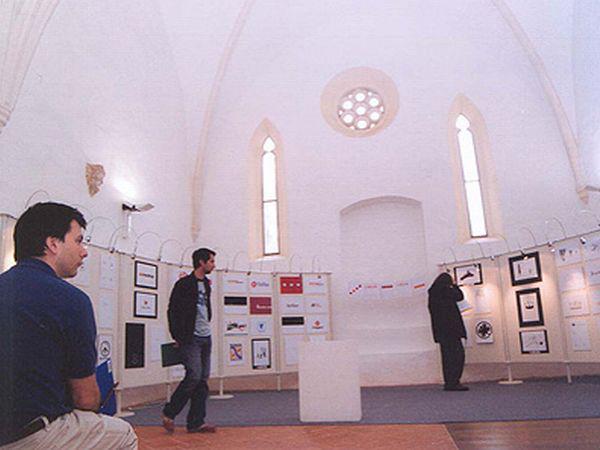
Maribor, Slovenia’s second city, is a place with a long and varied history. And one building, on the banks of the Drava River, serves as a reminder of a community that helped shape much of that history.
The Maribor Synagogue was built at a time when the town’s Jewish community was thriving. The first official records of the synagogue date back to 1429, but the grave of the 14th century Rabbi Abraham on the site indicates that the building is quite a bit older than that.
The period of the synagogue’s greatest glory was probably the middle of the 15th century. That’s when it was run by Rabbi Israel Isserlein, a prominent Talmudist. He was one of the most respected rabbis in Medieval Europe and his Talmudic teachings still shape the religious practice of many Ashkenazi Jews to this day. When Rabbi Isserlein was in charge, the Maribor Synagogue was at the peak of its influence and briefly even served as the primary temple for much of Austria. It was also a focal point of the lively Maribor ghetto. Its position on the Drava also enabled it to have an on-site bathing area for religious ceremonies.
Uniquely, the synagogue even had several seats reserved for Christian guests. However, it was the increasing tension between the two religious communities that ultimately led to the local Jews’ downfall.
Members of Maribor’s Jewish community tended to be highly successful as merchants and their trade links with other European cities brought considerable prosperity to Maribor. The success also bred resentment from their Christian competitors, however, and in 1497, the Emperor caved in to repeated demands from the Christians and had the Jews expelled from the town. The Jewish community vanished in the period of a few weeks, and the name of the street next to the synagogue – “Jewish Street” -- became a rare reminder of the once-vibrant community. Four years after the Jews were expelled, the synagogue reopened as a Catholic church.
In the centuries that followed, the building went on to serve as a storage depot for military forces and local merchants. At one time, it even housed apartments.
After World War II, the authorities began to realize the old synagogue’s historical importance. In the 1970s, it was reopened as a gallery, but it would not return to its former glory until and extensive renovation in the 1990s. Today, it looks much as it did when it still served as a synagogue but serves as a venue for various cultural events. In many ways, it is slowly regaining its former role as a focal point for the surrounding community.
The Maribor Synagogue is recognized as one of the oldest preserved synagogues in all of Europe. It now also houses the Center for Jewish heritage, which seeks to remind the people of Maribor of a crucial but often overlooked part of the city’s history.

































































